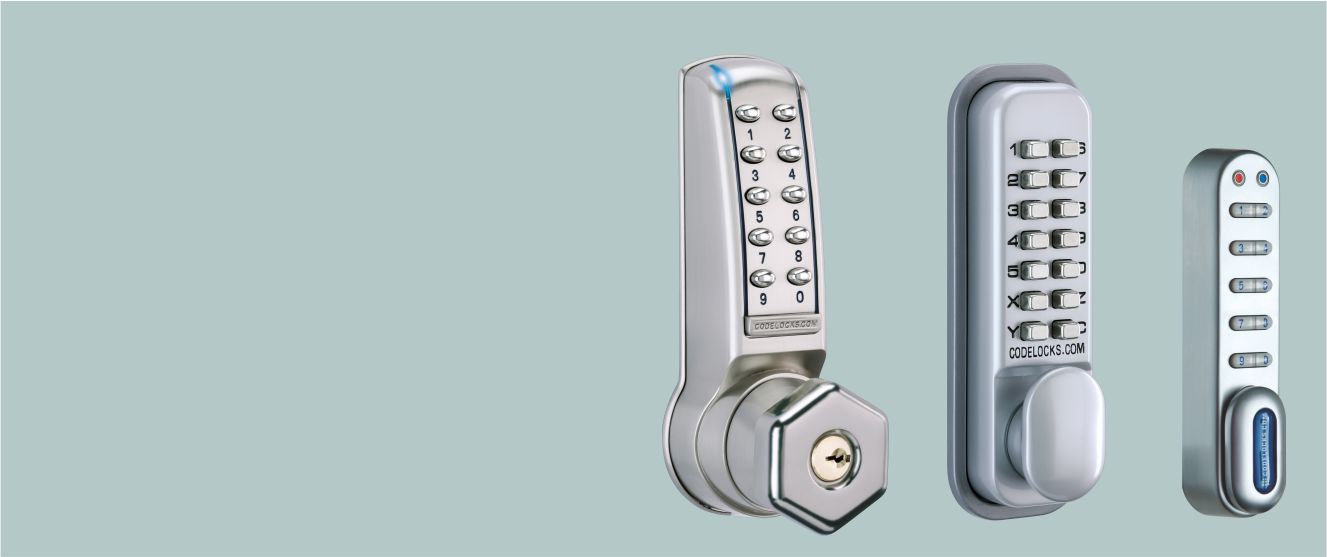How Do I Install And Maintain A Digital Lock?
The primary purpose of a lock is to provide security and peace of mind, and hence it is important that it is installed correctly and is maintained to ensure it always operates to its optimum capabilities. The consistency and reliability of a lock is its most important quality, and this can only be assured through proper installation and maintenance. There is a skill to installing a lock on a door, and hence you might want to consider appointing a professional locksmith to install this for you, but if you feel you have the skills and the tools, it is a DIY job that can be done to save some money.
Installing a digital door lock
Digital door locks differ from traditional door locks only in the method of activating the lock. The locking mechanism is usually one of three traditional types; a mortice lock, a dead bolt or a rim lock. The installation method of each of these is slightly different, and should follow manufacturer’s instructions, but essentially you would need to remove the previous lock system, prepare your holes in the door and door frame as appropriate to the new lock design, fit any mounting or backing plates as required, and then fit the lock itself, ensuring it is located and secured properly to ensure the lock provides the security levels it is designed for.
The main difference comes with how you then install and set-up your digital activation system.
- Keypads – set up a code or number that is unique and obscure. Avoid using 0000 or 1234, or something that everyone in the business will be able to guess, like a popular product code. Issue the code/number and record who it has been issued to. This can’t prevent the code being shared, but you will at least be able to identify who might have shared it. You should also change and update the code periodically to maintain the highest levels of security possible.
- Cards/Fobs – issue cards and fobs as required and record who has them. Retain a stock to re-issue if cards/fobs are lost or stolen.
- Biometric – program the system set-up to accept the biometric feature of the people authorised to have access. This will be recorded by the system and can be amended as and when necessary.
- Smart locks – this is slightly more technical as you will have to download an app from your app store, set-up an account, create and name the lock location, connect to your Wi-Fi system and then set-up each individual user.
Different digital locks have different technical set-up requirements, but essentially you should always be installing the system to minimise who has access and to record who has access.
Maintaining a digital lock
Once your digital lock is installed and operating it can be used straight away. However, it will require periodic maintenance to ensure security levels are always acceptable and to prolong the lifespan of the system. With digital locks this is far simpler than with traditional locks. This is because there is no access to the locking mechanism due to there being no need for physical contact with a key. So there is no exposed keyhole. This means the build-up of dirt and moisture, which can damage traditional locks, does not occur. This also means that no physical parts being moved by a key results in less wear and tear on the lock. With a digital lock a digital signal simply communicates with the lock and tells it to open.
There are still small maintenance actions you can take to ensure your digital lock remains safe and secure:
- Battery – check the battery periodically to ensure it has not leaked
- Clean – clean any exposed parts very carefully using appropriate materials
- Damage – avoid any force or damage on the lock, and where this has occurred, ask a competent person to repair the damage so this doesn’t compromise the lock’s operation and therefore, its security.
- Protect – where possible a digital lock should be located in a position where it is protected from the weather. Quite often a digital lock is fitted with a protective cover to reduce the ingress of water, but general exposure to wind and frost can gradually lead to corrosion and wear and tear, so if a digital lock can be positioned to minimise this, it will prolong the lifetime of your digital lock. This will also ensure the digital signal can be recognised and accepted by the system. Similarly, if the camera for a biometric system is facing into the sun, or the person has to face into the sun, there can be problems with a face or eye being recognised, so this should be avoided where possible.
By following these installation and maintenance actions, you can ensure your digital lock provides the security and peace of mind that your home or business needs.